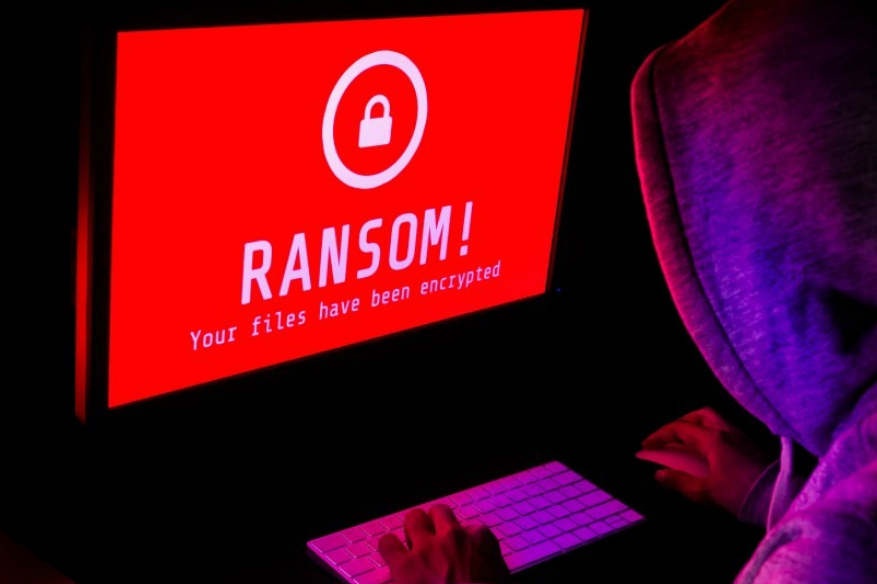What to do after a Ransomware Attack?

What do you do when you wake up one morning and realize that your system’s log-in credentials have suddenly become null and void? What actions do you take when it dawns on you that your files have been encrypted with a view of illegally denying you access? Do you want to find out what to do after a ransomware attack?
Ransomware attacks have certainly been on the rise since the advent of the information age. However, this rise has been exasperated by the unprecedented increase in the number of internet users mainly because of the massive change in work habits that the COVID-19 pandemic has stimulated.
Here is the best ransomware protection steps.
In other words, more people than ever before are currently working remotely. This, in turn, means that there are more opportunities for cyber-fraudsters to take advantage of unsuspecting users through the use of ransomware software. This is mainly done through phishing emails and drive-by downloading scams, which are usually masqueraded as legal and legitimate messages.
Once locked in, these cybercriminals can cause devastating losses by soliciting vast amounts of money from the users in question. They may also refuse to give back the confiscated information and instead use it maliciously despite receiving the demanded ransom.
This article, therefore, seeks to enlighten its readers concerning the appropriate steps to take in situations where one has unfortunately become a victim of ransomware attacks. Furthermore, it seeks to convey different techniques which such users can apply to reduce losses and curtail future attacks.
The Stages of a Ransomware Attack
Ransomware mitigation is usually based on the degree of the attack in question. This means that one has to understand the degree to which their system has been compromised to apply the appropriate remedy. The following are the general steps that usually take place in any given ransomware attack:
Installation
Installation typically occurs within seconds of allowing system access to the ransomware. This access is commonly allowed by opening phishing emails or visiting infected ransomware websites. Once the ransomware has been given access, it usually attaches itself to the said server and could even affect all other devices connected to the endpoint under consideration.
Exchange of Keys
Once the installation is complete, the ransomware facilitates contact between the server being operated by the fraudsters and the computer system under attack. This contact aids typically in generating cryptographic keys, which are used to access the system under blitz.
File Encryption
The files in the system under bombardment are then encrypted to deny the user from accessing them. This kind of encryption can also occur over a sizeable interconnected computer network.
Blackmail
Blackmail, in this case, is simply the ransom demanding process that takes place almost immediately after file encryption is done. It is usually accompanied by a promise to restore the encrypted data or a threat to handle it if the demanded payment is not settled maliciously.
Appropriate Ransom Response Procedures
The following are the recommended ransomware response procedures that should be adhered to in case of an attack:
System Quarantine
This should undoubtedly be on the top of the agenda as far as curtailing a ransomware infection is concerned. It is usually done by separating all the devices connected to the network under scrutiny to prevent further infection.
Ensure Backup Security
Data backups are arguably the most critical components for system remediation and restoration. Therefore, one should ensure their safety in case of a ransomware attack since cybercriminals usually target them with a view of hindering system recovery processes. Therefore, system backups should either be locked down or disconnected from the infected network until the ransomware challenge is resolved.
Deactivate Maintenance Tasks
Maintenance tasks refer to actions that are usually performed routinely depending on the system’s demands in question. If left running during a ransomware attack, such tasks could compromise the process of tracking down the source of the blitz under consideration.
Backup Infected Systems
Any information found to be infected must be isolated and stored safely and securely. This should be done to prevent avoidable loss of data during decryption. Data that is not too important and sensitive can even be stored for extended periods until a suitable decryption tool is obtained.
Identify the Type of Ransomware Used
Identifying the ransomware used is extremely important as it usually aids ransomware specialists in finding out the loopholes in your system that may have allowed access. It also helps to facilitate the creation of an effective decryption tool as a remedy to the prevailing encryption. Finding out the infection source point and isolating the ransomware in question are two of the processes that aid in identifying the malware used.
Conclusion
It is possible to recover fully from the effects of a ransomware attack. It, however, takes prompt and proactive action during and after the attack for the sais recovery to become a reality.